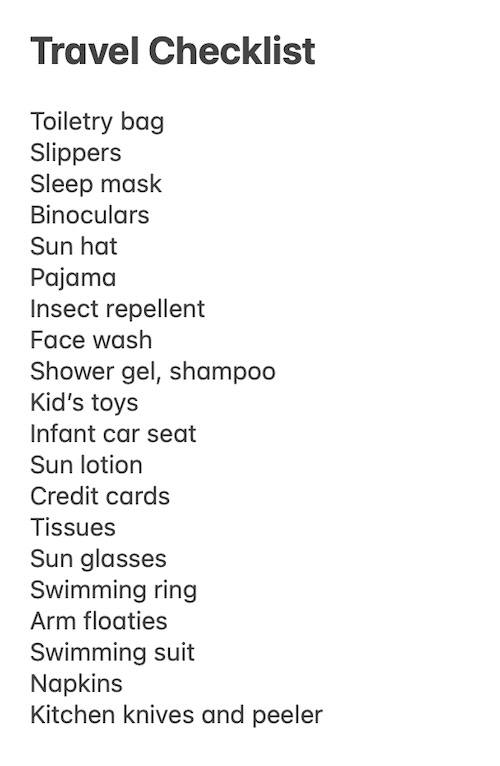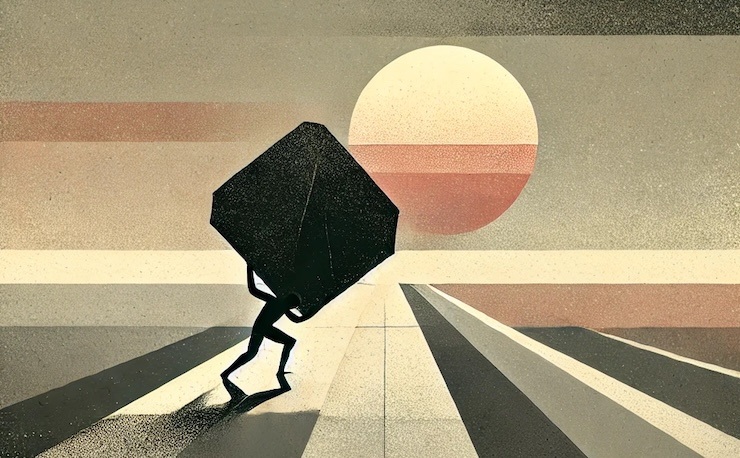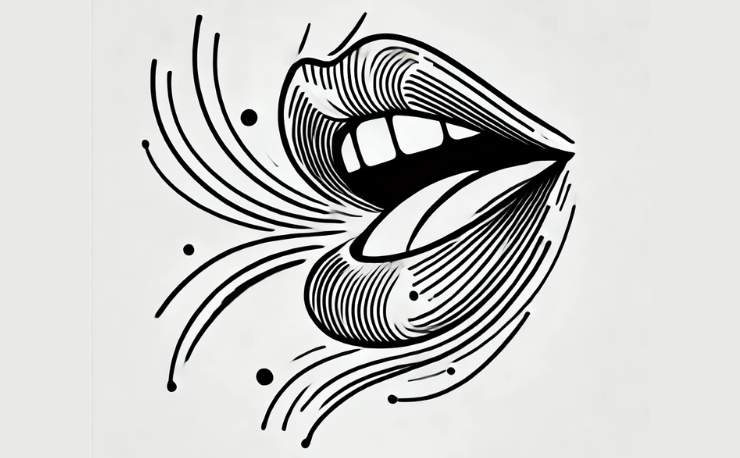Last March, I vowed to myself: no more cold feet.
Literally.
Here’s the backstory:
During a family vacation to Spain, we faced an unexpectedly chilly March. Our hotel, while cozy, wasn’t well-equipped for the cold. No proper heating and no insulated floor. As a result, the cold seeped in, unforgiving and persistent.
And then I realized my mistake:
I had left my slippers at home.

It seemed silly at first – who packs their bulky, not-so-fashionable slippers for a holiday? Especially when suitcase space is scarce.
But as the days passed, my feet got colder, leading to shivers and eventually, a full-blown cold.
I was stuck indoors, and could only watch from the window as my family explored the beautiful coastal landscapes.
I felt so stupid, having spent thousands of dollars on the trip and then not being able to enjoy it because of a cold.
That experience was a wake-up call.
I promised myself that from then on: no matter the destination or season, my slippers would be the first thing I packed.
But promises can be forgotten in the rush of travel prep. I needed something more concrete, a foolproof reminder.
That’s when the idea struck me:
I need a ‘travel checklist’!
A simple solution to ensure that my vacation experience would never again be dampened by something as trivial as forgetting my slippers.
On any trip, the list of essentials can be huge: credit cards, passports, sun hats, sunscreen, baby diapers, and even the earbuds I need for listening to podcasts while the kids fall asleep.
Through numerous trips, my wife and I have learned the hard way that invariably, we’d forget something important, leading to regret and unnecessary hassle.
Determined to solve this, I took the initiative to create our travel checklist. Sitting down with my wife, we brainstormed and compiled everything we needed to remember. What resulted was a thorough list, covering 20 essential items, making sure we’d be fully prepared for our next journeys.
Here is my final travel checklist:

The travel checklist has been super helpful for our journeys. It lifts the weight of having to remember every little thing we need to pack. More so, it combats decision fatigue – there’s no second-guessing about whether to pack those slippers or not. If they’re on the list, into the suitcase they go. It’s better to have them and not need them than to need them and not have them.
Since incorporating this checklist into our routine, we’ve always had everything we need for our vacations. There’s a profound sense of satisfaction and relief in knowing we’re fully prepared for our travels. It’s a small change that has made a significant impact on our holiday experiences.
😄
As you can see, checklists can be simple.
They should be simple! Because if it were complex, we wouldn’t use them. (Did you know: A 747’s pre-flight checklist only has 20 items)
The success of our travel checklist led me to a deeper reflection on the value of using checklists. I began to ponder why they made me feel so much better. What was it about checklists that increased my happiness?
Here’s what I realized:
Realization #1: 80% of happiness is about feeling in control. Checklists help you stay in control.
As we learn every day, life is quite messy. Most things we can’t control, either because we depend on other people or it’s our environment that determines the course of things:
Last week, farmers went on strike – jamming highways, and I arrived at work late.
The week before, my whole family was suffering from a cold, and certainly, I couldn’t work for more than an hour each day. Plus, I couldn’t go to the gym as I would usually do.
Two weeks ago, we had a massive blizzard.
My happiness index was down 50%, because I felt such a lack of control.
These are the typical events we have to deal with during winter, right? And there’s really not much we can do about them.
But then, within our day, there are many parts we CAN control:
- Once we arrive at work, we can tackle that one task or that one project that’s completely in our responsibility, and excel at it and feel great.
- Once we arrive at the gym, and we haven’t forgotten our shoes, t-shirt, towel, etc, we can have a wonderful 60-minute exercise and enjoy the subsequent dopamine kick.
It just feels great: You set out for a goal you actually achieve it!
This is about being in control.
It’s about keeping your word.
And guess what:
Checklists are your friend for ensuring that you always have the necessary tools with you to complete whatever task you had planned to complete. You’ll never forget your running shoes, your laptop charger, your snack, etc., you just execute your plan like a monster!
That leads me to my other thought:
Realization #2: A good life is about setting up good routines for ourselves, and preventing the small annoyances from screwing up our routines.
You have set up the foundation of a good life: a home, a secure, interesting job providing money coming in regularly, a solid social environment …
What should you care about next?
How can you increase your level of happiness?
For me, I discovered that having set routines and following those consistently – every day, every week, every month – that’s what has been contributing most to my long-term happiness.
Routines are the vehicle for you to reach your goals.
Routines also add stability to your life, which is quite comforting given the crazy times we live in.
The problem has always been when my daily routine got disrupted:
- I forgot to take my laptop charger to the office (with nobody to borrow one from), meaning I had to return early to finish my work
- Forgetting to take my daughter’s “sleeping scarf” to kindergarten, leading to her not wanting to nap and us having to deal with a sleep-deprived zombie back at home
- Failing to bring my extra pullover to work as temperatures dropped, leading to me shivering at my desk and being unable to focus.
- Missing my workout shoes at home, leading to me not being able to exercise and not feeling as energized as usual, with my productivity severely dropping past noon.
None of these issues were dramatic, and such events didn’t happen frequently.
But as you can imagine, my daily routine got severely disrupted and I lost precious time that I could have used to work on my goals.
Plus, the negative self-talk and self-blaming when you’ve dropped the ball and you know you should have been more careful in your preparations.
“Why did I not do X… ?”
This kind of self-talk is totally unproductive, but still, we do it every time and it reduces our level of self-confidence.
I had enough of these setbacks.
I wanted my day to run like a clockwork.
That’s what encouraged me to introduce checklists in my personal life to manage the essential areas.
YOU SERIOUS??
Checklists to manage your personal life?
Get away!
That feels like work!
That’s how you might think, and it’s how I thought for a long time …
… until I first-hand experienced the improvements that checklists had brought to my life:
- From a perceived (and actual) level, life had gotten a lot smoother, with much less drama and fewer surprises that would disrupt our schedule and drain our energy.
- We were able to execute our days like ninjas, being much more productive because we had eliminated most of the known hiccups that could jeopardize our daily routine.I felt much better about life, being more optimistic and confident about myself.
- Probably, being more relaxed and stressed, I had also become a better husband and dad.
Believe me … the impact of checklists was so overwhelmingly positive that I would never stop using checklists!
But you have to try yourself to know what good checklists can do for you.
So here’s my challenge to you:
Think about areas you can use checklists to make your life easier.
Whether it’s at work or outside of work.
Start by looking at your common routine tasks: Where could you use checklists to be more productive?
To give you some ideas, here’s an overview of common ‘routines’:
COMMON ROUTINES IN OUR PERSONAL LIVES:
- Daily commute
- Taking your kids to school/kindergarten
- Going to the gym
- Grocery shopping
- Meal preparation
- Paying bills and managing your finances
- Preparing your taxes
- Traveling
- Reviewing insurances
- Taking care of your house
Checklists are handy even for tasks you do annually.
Take preparing my taxes, for example: I’ve made a checklist of the 15 documents my tax advisor requires. It includes a reminder to review bank statements for charitable donations. I also note to discuss with my wife any home expenses that might qualify for tax deductions. Once everything’s gathered, I send it all to my tax advisor. This straightforward approach ensures I don’t overlook any items that could reduce our tax burden.
TYPICAL WORK-RELATED ROUTINES:
This depends on your job, but it may involve activities like:
- Project coordination:
- Setting up new projects
- Budgeting/cost tracking
- Providing updates etc.
- Meeting preparation
- Sales & Client interactions
- Getting new clients
- Onboarding clients
- Sales-related activities
- Serving current clients
- Financial processes:
- Invoicing
- Planning/Forecasting/Budgeting
- Financial closing activities
- HR:
- Hiring people
- Onboarding / Offboarding of staff
- Equipment and software usage
- Maintenance work
- Legal and compliance work
All these processes share one common characteristic: They are recurring processes – we do them over and over again in largely the same fashion. And we usually have figured out an optimal way of getting the job done.
That ‘optimal’ way of performing a job is what you would document in a checklist: You can always go back to that list next time and get the job done in a FRACTION of the time – with much LESS hassle!
You really have to try checklists to experience their value!
The year has just started – that’s the right time to streamline your work, increase your productivity and …. boost your happiness 🙂… with simple checklists.
Just pick one area, whether it’s your finances, your workout or shopping routine or some work-related process – create a blank sheet in your favorite notes app, and list down 5 key steps to be carried out as part of a particular activity. Then refine your checklists gradually by adding more action items as they come into your mind. And voilà — you have your first checklist!
Best wishes
Adrian
Author
-
Hi, I’m Adrian, a Senior Project Manager and the Creator of Tactical Project Manager, where I teach a pragmatic approach to project management. Led large-scale IT and business projects for over 10 years. My goal is to enable you to lead any project with confidence.
View all posts



